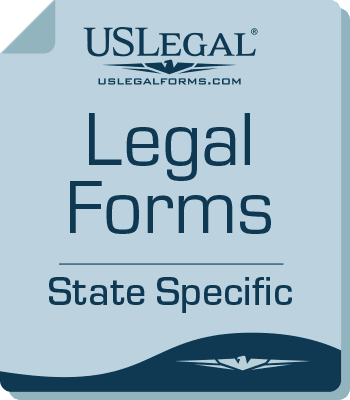District of Columbia Construction Liens

Forms available for District of Columbia include the following, among others:
- Acknowledgment of Satisfaction - Individual
- Acknowledgment of Satisfaction - Corporation
- Owner's Request for Lien Information - Individual
- Owner's Request for Lien Information - Corporation
- Verified Statement of Lien - Corporation
- Verified Statement of Lien - Individual
- Notice of Claim of Lien by Party Other than Original Contractor - Individual
- Notice of Claim of Lien by Party Other than Original Contractor - Corporation
- Notice of Lien for Furnishing of Materials - Corporation
- Notice of Lien for Furnishing of Materials - Individual View All
Top Questions about District Of Columbia Construction Liens
-
How do you fight a builder's lien?
To fight a builder's lien, gather all relevant documentation and evidence that supports your case. You must file a response or legal action to challenge the lien before the deadline specified in the lien notice. Understanding District of Columbia Construction Liens gives you the tools you need to effectively contest these claims.
-
Can a lien be put on my house without me knowing?
Yes, a lien can be placed on your house without your knowledge if appropriate legal procedures are followed. This often happens especially if you owe a debt for construction or repairs. By learning more about District of Columbia Construction Liens, you can stay informed and avoid unexpected surprises.
-
Can someone put a lien on my house without a contract?
Generally, a contractor or supplier requires a contract to file a lien on your house legally. However, in some cases, implied contracts can exist, allowing them to file a lien. Understanding District of Columbia Construction Liens can clarify the requirements for both parties involved.
-
How do I put a lien on a property in DC?
To place a lien on a property in Washington DC, you must file a written notice with the Recorder of Deeds. This notice should detail the amount owed and comply with local laws. By becoming familiar with District of Columbia Construction Liens, you can ensure your filing is accurate and legally sound.
-
How to negotiate a property lien?
Negotiating a property lien involves communicating directly with the lienholder about the debt owed. You should be clear about your financial situation and propose a reasonable settlement offer. By understanding District of Columbia Construction Liens, you can better navigate these discussions.
-
How to remove a lien without a lawyer?
To remove a lien without a lawyer, start by negotiating with the lienholder to resolve the underlying debt. Once the debt is settled, ensure that they file a lien release. It’s important to understand the particulars of District of Columbia Construction Liens to effectively manage this process.
-
How long can a lien be put on a property?
Typically, a lien can be placed on a property as long as it is legitimate and necessary to enforce payment. In most jurisdictions, including the District of Columbia, liens are valid for a specific duration, often up to several years. Familiarizing yourself with District of Columbia Construction Liens can help in understanding these limits.
-
How long do construction liens last in Nebraska?
In Nebraska, construction liens typically last for one year from the date of filing. If the lien isn’t enforced within that period, it will automatically expire. It is essential to be aware of these timelines to ensure that your rights are protected in relation to District of Columbia Construction Liens.
-
Can I file a construction lien online?
Yes, you can file a construction lien online in the District of Columbia. This streamlined process allows you to complete your filing from anywhere, saving you time and effort. Platforms like USLegalForms offer comprehensive resources and templates specifically designed for District of Columbia Construction Liens, ensuring that your documents comply with local regulations. Utilizing these services can simplify the filing process and help you protect your rights effectively.
-
How to fill out a construction lien waiver?
Filling out a construction lien waiver involves entering specific information, such as the names of the parties involved, the property details, and the payment amount. Ensure that all fields are accurate and clear, as this document serves as a legal record. Services like US Legal Forms can provide templates to streamline this process and ensure compliance.




